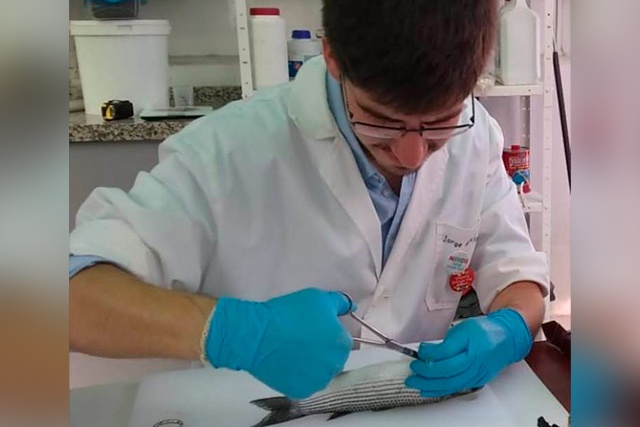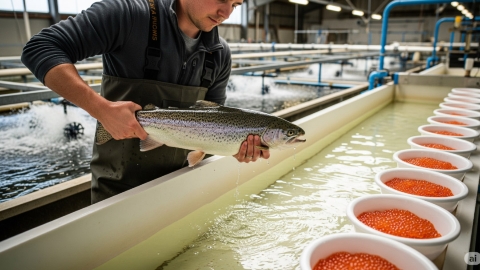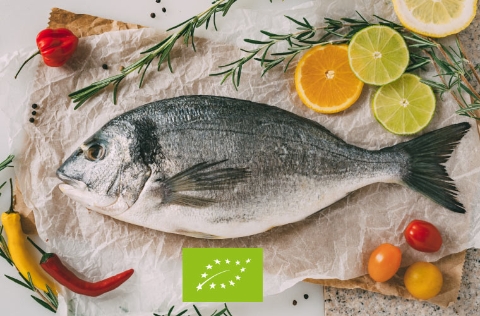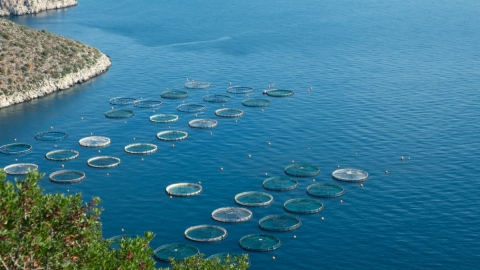
A new wave of oral vaccines using probiotics could revolutionise disease management in two cornerstone species of Mediterranean aquaculture: gilthead sea bream (Sparus aurata) and Senegalese sole (Solea senegalensis). Leading the research is Jorge García from the University of Málaga (UMA), who will carry out the PhotoVaccine project at CIIMAR – the Interdisciplinary Centre of Marine and Environmental Research – in Porto, Portugal, thanks to a prestigious Marie Skłodowska-Curie Postdoctoral Fellowship.
The core aim of PhotoVaccine is to develop innovative oral vaccines by using spore-forming probiotic strains of the Bacillus genus as carriers for antigens specific to Photobacterium damselae subsp. piscicida (Phdp) – a pathogen known for causing high mortality rates in farmed fish. Particularly widespread in the Mediterranean basin, Phdp represents a major health challenge for producers of bream and sole.
“Conventional vaccination methods come with serious drawbacks,” García explains. “They often prove ineffective and involve stressful handling procedures for the fish. With PhotoVaccine, we're looking for efficient, easy-to-deliver solutions that offer robust protection.”
A non-invasive approach with commercial promise
Unlike injectable vaccines, this new method would allow antigens to be incorporated directly into feed, reducing fish stress and operational costs while potentially enhancing immune response. By the end of the project, the team aims to develop at least one vaccine candidate with strong commercial potential, easily integrated into standard fish health management practices.
The project also seeks to shed light on how oral vaccines might bypass intestinal tolerance in fish, triggering effective and lasting immune protection. This aspect is especially crucial in species such as gilthead bream and Senegalese sole, where outbreaks of Phdp have a direct impact on fish health and farm productivity.
“The findings could reshape bacterial disease control in aquaculture, supporting greater sector sustainability while cutting economic losses and reliance on antibiotics,” García concludes.
A focused track record in fish health
García, who earned his PhD in Advanced Biotechnology at UMA in 2024 (with international distinction and summa cum laude honours), is affiliated with the FYBOA research group (Photobiology and Biotechnology of Aquatic Organisms) in the Department of Microbiology. He is currently contributing to the national ALFIL project, which explores the use of algae for effluent bioremediation and as a sustainable alternative to fishmeal in aquafeeds.
His move to CIIMAR, one of Europe’s leading centres for fish health research, marks a key step in his career. With a strong focus on sustainable, market-oriented biotechnological innovation, the PhotoVaccine project aims to provide practical solutions to one of the Mediterranean aquaculture sector’s most pressing challenges.



